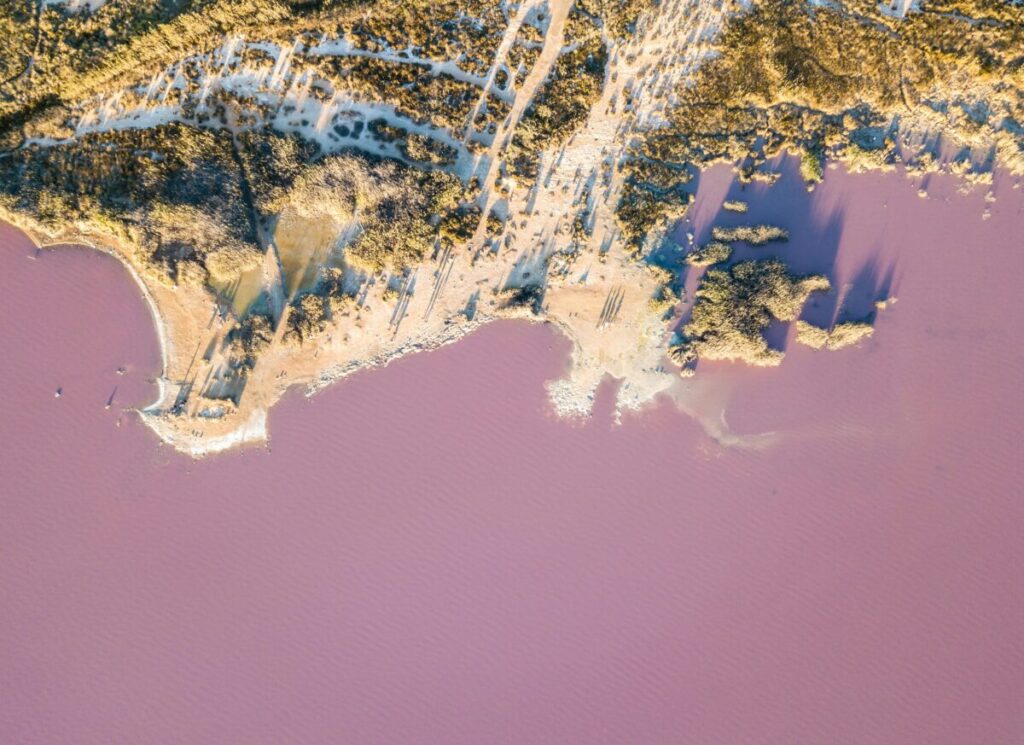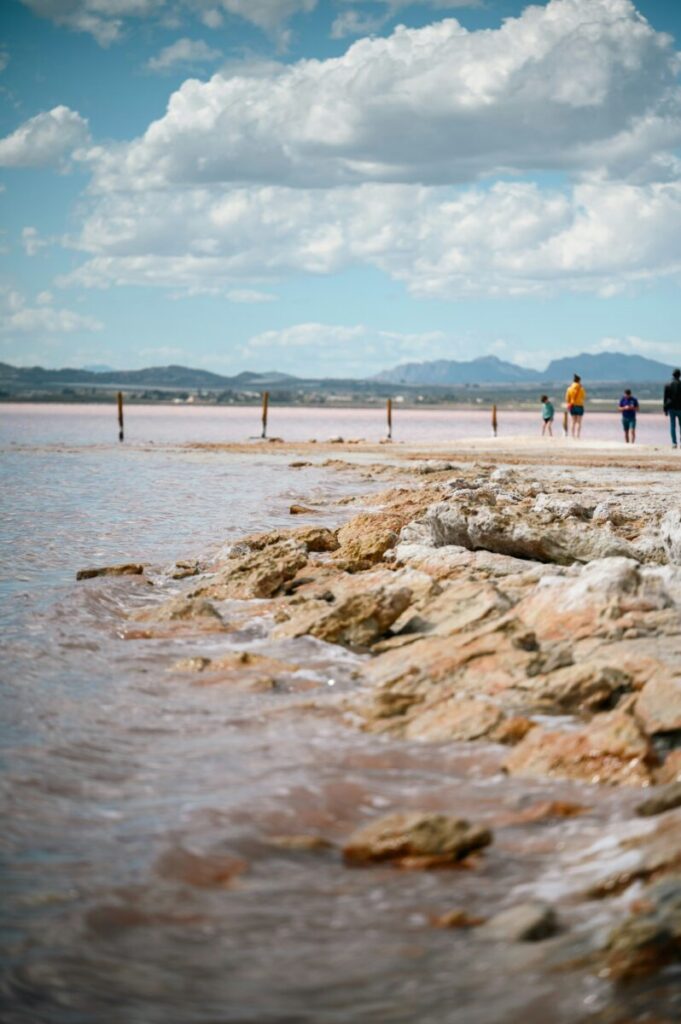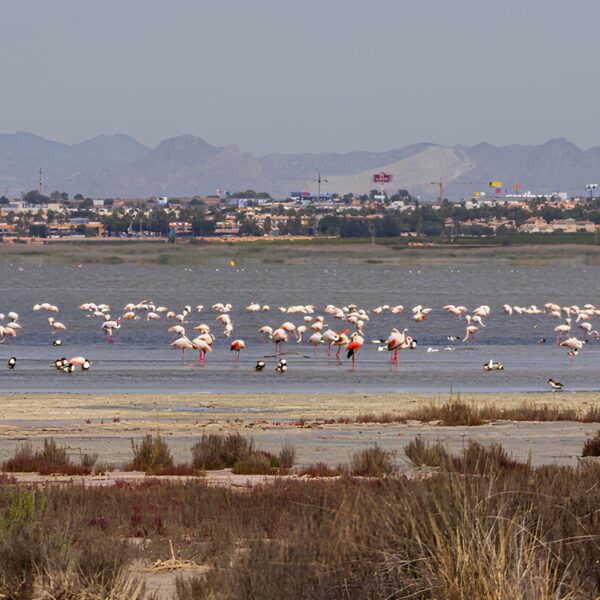For managers of protected natural areas, tourism is a challenge! The vulnerability and complexity of these ecosystems make their protection difficult. However, it is essential to understand the socio-ecological impacts that affect them. The technological innovation represented by digital twins* highlights these areas while also protecting them. It also promotes a more sustainable approach to tourism.
The CHAN-TWIN project is based on an innovative technological development: creating a digital twin of the Lagunas de La Mata y Torrevieja Natural Park in the province of Alicante. This system assesses both the environmental and socio-economic aspects of the park. It provides a comprehensive and real-time view of the park's condition, demonstrating how human activities and biodiversity can coexist harmoniously.
By digitizing environmental variables (water quality, temperature, humidity, sound levels) as well as ecological data, such as bird census, and socio-economic data such as flow control and citizen perception, managers and scientists can observe and predict complex dynamics.
"The use of artificial intelligence and machine learning techniques in data analysis is fundamental. These technologies allow processing large volumes of collected data and extracting meaningful patterns that inform park managers," explains Jose María Cecilia, a computer science professor at the Polytechnic University of Valencia (UPV).
Modeling and Artificial Intelligence
This two-part project is co-led by the University of Alicante (UA), focused on ecology and tourism, and the Polytechnic University of Valencia (UPV), centered on digitization and technology. The CHAN-TWIN digital twin technology is integrated into the management of the natural park through a systematic and continuous process that combines sensors, data modeling, and artificial intelligence. This process can be divided into several phases:
- The collected information is stored in a data lake, where it is integrated and processed to ensure its quality and consistency. Artificial intelligence and modeling techniques are then used to analyze them and obtain insights into the socio-ecological interactions in the park.
- The creation of the digital twin focused on the development of sustainable tourism models. "With the processed information, a virtual model of the park is created, known as the digital twin. This model accurately reproduces the conditions and dynamics of the park in a digital environment. The digital twin is constantly updated with new data collected by sensors," explains Jose María Cecilia.
To ensure the accuracy and reliability of the data collected by the sensors in real-time in the park, continuous monitoring is necessary. "We have implemented a series of rigorous and collaborative measures," he explains. Therefore, the technical team performs checks and calibrations of the equipment. Additionally, they use methods of cross-comparison between the data from different sensors and sources to detect and correct any discrepancies.

A new approach to sustainable tourism management
The project initiators are not in charge of managing tourism and the conservation of the natural environment, "but we can provide the tools and information that park managers or local and regional administrations need to carry out this management. This is the function of CHAN-TWIN, to gather and provide relevant information," explains Esther Sebastián, a professor of ecology at UA and one of the responsible researchers.
CHAN-TWIN automates data collection and transmission to park managers by collaborating with associations such as Proyecto Mastral, Faunatura, and the Torrevieja City Council. As Esther Sebastián indicates, "one of the variables we will monitor is the influx of visitors. If we know where and when there are the most tourists and what they are doing, we can implement visitor regulation measures to minimize their impact on wild birds during the nesting period, which is the most sensitive time".
With information about the location of these tourists in the park, the time of year, and what they are doing, it is much easier to organize the flow of visits. "For example, it is possible to close certain trails where sensitive species are found at certain times of the year or to create new infrastructures, such as bird observatories, in low-impact areas," the researcher points out. To raise awareness among the general public about this important work, “we organize numerous activities, especially for tourists in tourist offices and in the park itself, with lectures, training sessions, interviews for the media, and information panels”, Esther Sebastián concludes.
CHAN-TWIN, is funded by the Ministry of Science and Innovation and by the European Union through the Next Generation EU program. A sign of the interest in this project, it was awarded at the Digital Tourist 2024, organized by AMETIC (the Spanish Association of the Digital Technology Industry) in the category of ecological digital twin destination.
The digital twin is a virtual replica of an object, process, or system from the real world. It uses real-time data to create digital models that can be used to monitor, simulate, and predict the behavior of the real object. This technology is used in various fields such as manufacturing industry, Internet of Things, healthcare, and logistics to enhance efficiency, productivity, and decision-making.

